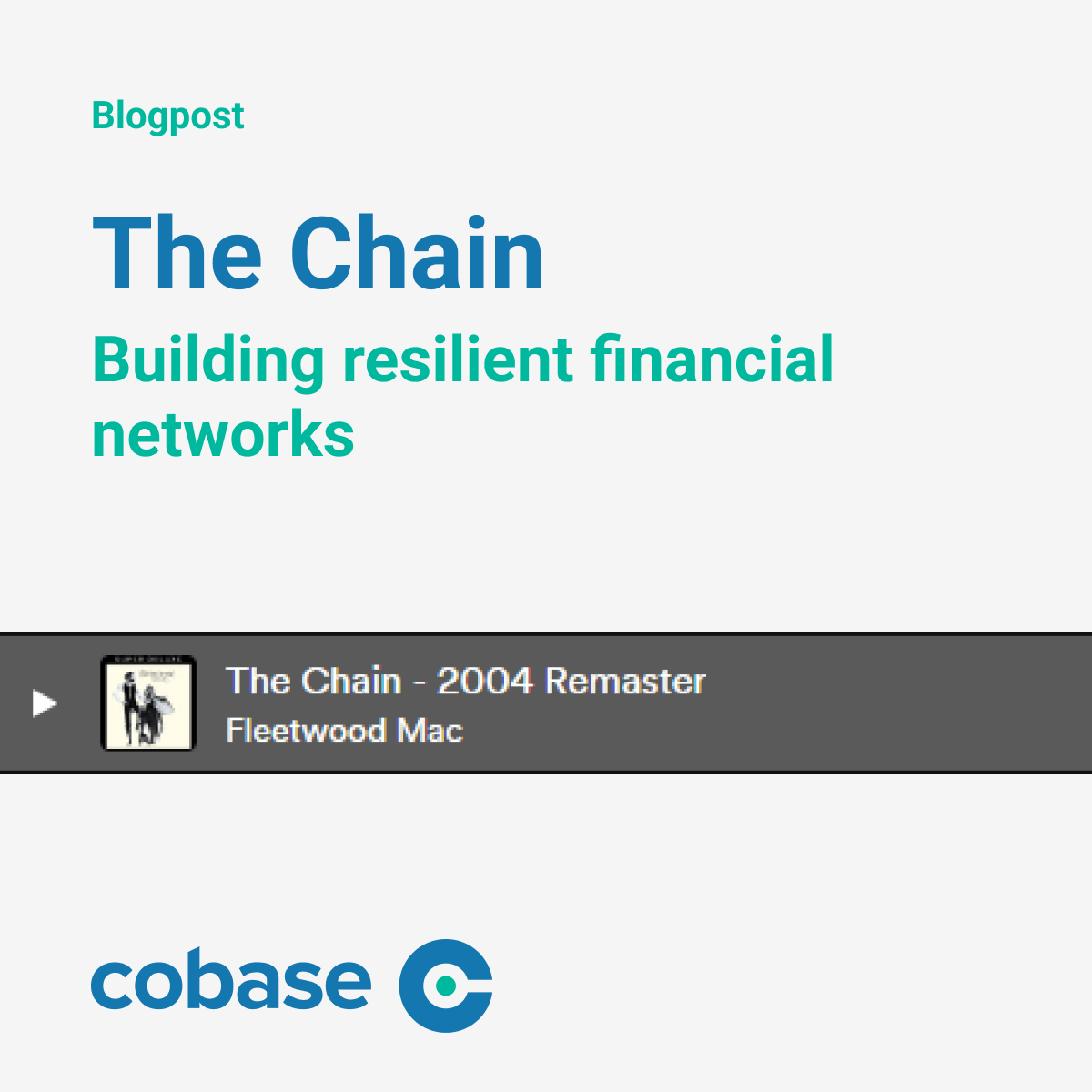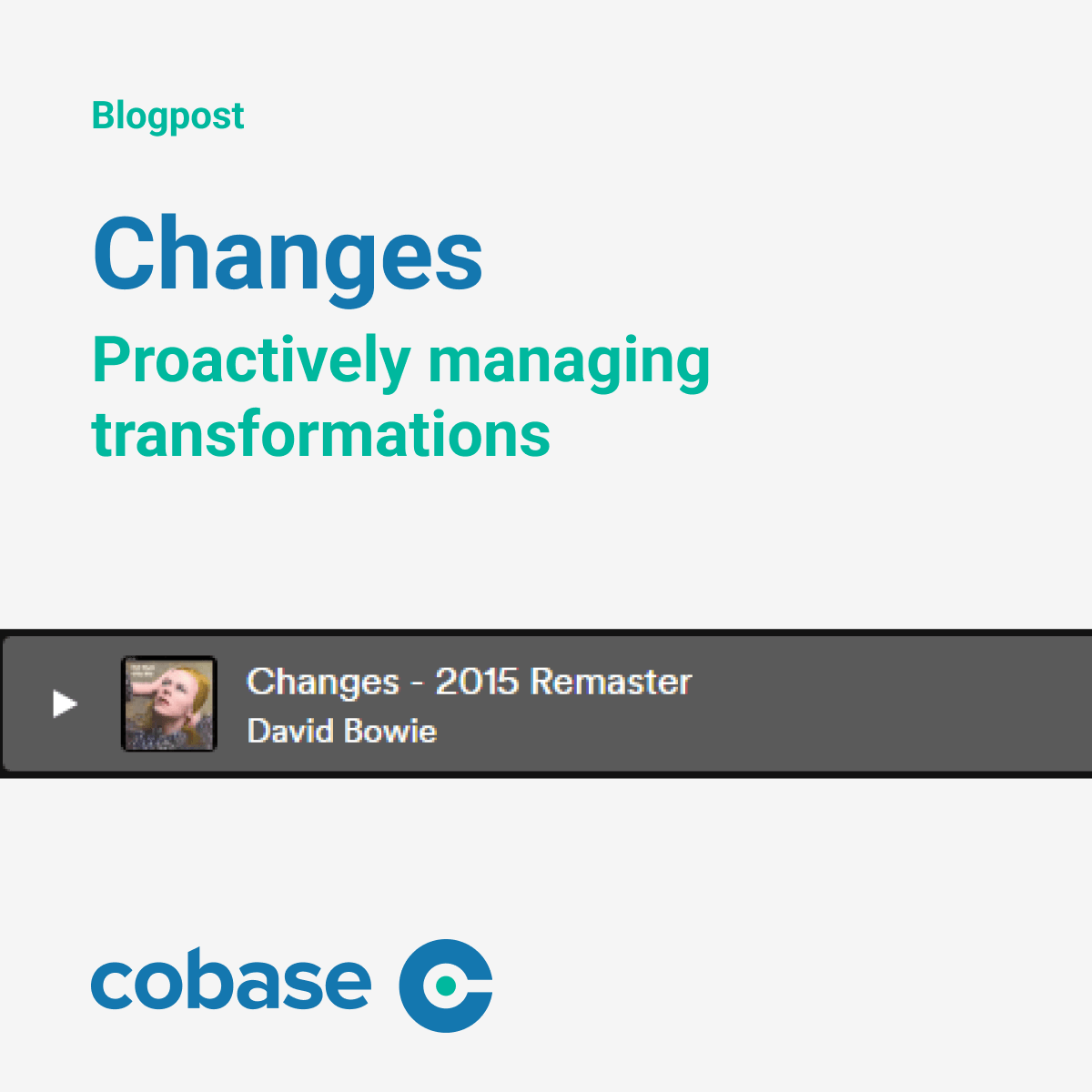Money's Too Tight: Dealing with financial constraints
Simply Red's "Money's Too Tight (To Mention)" resonates deeply with anyone who's faced economic hardships. The song’s lyrics paint a vivid picture of the struggles associated with financial constraints, mirroring the challenges many businesses face today. In this blog post, we’ll explore effective strategies and solutions that can help companies deal these difficult financial circumstances, ensuring sustainability even when funds are tight.
Understanding the depth of financial limitations
The first step in managing financial constraints effectively is recognizing the full scope of the issue. For businesses, this means conducting thorough audits and financial reviews to identify where the money is tightest. This process can uncover unnecessary expenditures, inefficient processes, or areas where the company might be bleeding money without realizing it. For instance, a report by Deloitte found that companies conducting thorough audits could identify and rectify inefficient spending, saving on average 10-15% in operational costs annually
Strategies for financial optimization
-
Cost reduction and control: One of the primary tactics to combat financial constraints is stringent cost management. Review all expenses critically and cut back on non-essential spending. Renegotiate contracts with suppliers, reduce energy consumption, and consider more cost-effective operational methods, like remote work to save on office space. According to a McKinsey report, companies that implemented stringent cost management practices during economic downturns maintained profitability by reducing operational costs by up to 25%.
-
Enhancing cash flow management: Effective cash flow management is crucial. This involves meticulous tracking of all cash inflows and outflows. Accelerate receivables where possible by offering early payment incentives to customers, and stretch payables without jeopardizing supplier relationships. A study by Ernst & Young suggests that companies that optimize their receivables and payables can enhance their cash flow by 30%, improving liquidity and operational resilience.
-
Leveraging technology for efficiency: Investing in the right technology can seem counterintuitive when funds are low, but automation and efficient software systems reduce long-term costs by increasing operational efficiency. Tools like automated invoicing, budgeting apps, and cloud-based accounting software can provide substantial savings. Investment in automation and cloud-based software can lead to significant cost reductions in the long run. According to Gartner, businesses that automate their invoice processing and budget management can save up to 50% in related costs over three years.
-
Focusing on core competencies: When resources are limited, refocusing on core business areas that generate the most revenue can be a lifeline. Divesting from less profitable segments or products can free up much-needed capital and reduce complexity within the organization. Divesting non-core assets can release capital and focus resources on profitable areas, which, as per Bain & Company insights, typically results in a 15-20% increase in revenue from core business operations.
-
Alternative funding sources: Exploring different financing options can provide a buffer in tough times. This might include lines of credit, factoring services, or even crowd-funded resources. Each option comes with its pros and cons, so it’s essential to choose wisely based on the company’s financial health and market conditions. Exploring diverse financing options like lines of credit or factoring services can bridge funding gaps. The Financial Times reports that SMEs leveraging alternative finance saw a 25% improvement in cash flow compared to those that did not
Building resilience through strategic planning
Strategic planning is more crucial than ever during financial hardship. Businesses need to not only adjust to the present but also plan for future financial stability. This includes setting realistic financial targets, creating contingency budgets, and continuously monitoring financial performance against set benchmarks. A survey by Boston Consulting Group highlighted that companies with dynamic strategic plans could respond 33% faster to market changes, thereby maintaining continuity and competitive advantage during financial downturns.
Conclusion: thriving amid financial constraints
Just like the themes explored in "Money's Too Tight (To Mention)," businesses often find themselves in tight financial spots. However, by implementing rigorous financial management and optimization strategies, businesses can navigate these challenges effectively. The goal is not just to survive these hard times but to emerge stronger, more agile, and ready to capitalize on opportunities when economic conditions improve. These strategies ensure that when money is tight, your business can still mention success.
Beat your spreadsheet
Crafted with a wink and a nod, each track mirrors a phase in the complex dance of financial systems management, from the initial 'aha!' moments to the triumphant final tweaks. Designed as a lighthearted yet profound companion for the finance-savvy, this playlist spins a tuneful tale of trials, triumphs, and the occasional spreadsheet saga. So, whether you're restructuring your company's ERP or just dreaming about more efficient cash flows, let these tracks be your guide and your solace. Here’s to tuning in on a bit of rhythm in your daily business and a smile, knowing the journey is as rewarding as the destination.
Tune in, turn up, and transform your financial perspective—one beat at a time!
Published:
.png)



